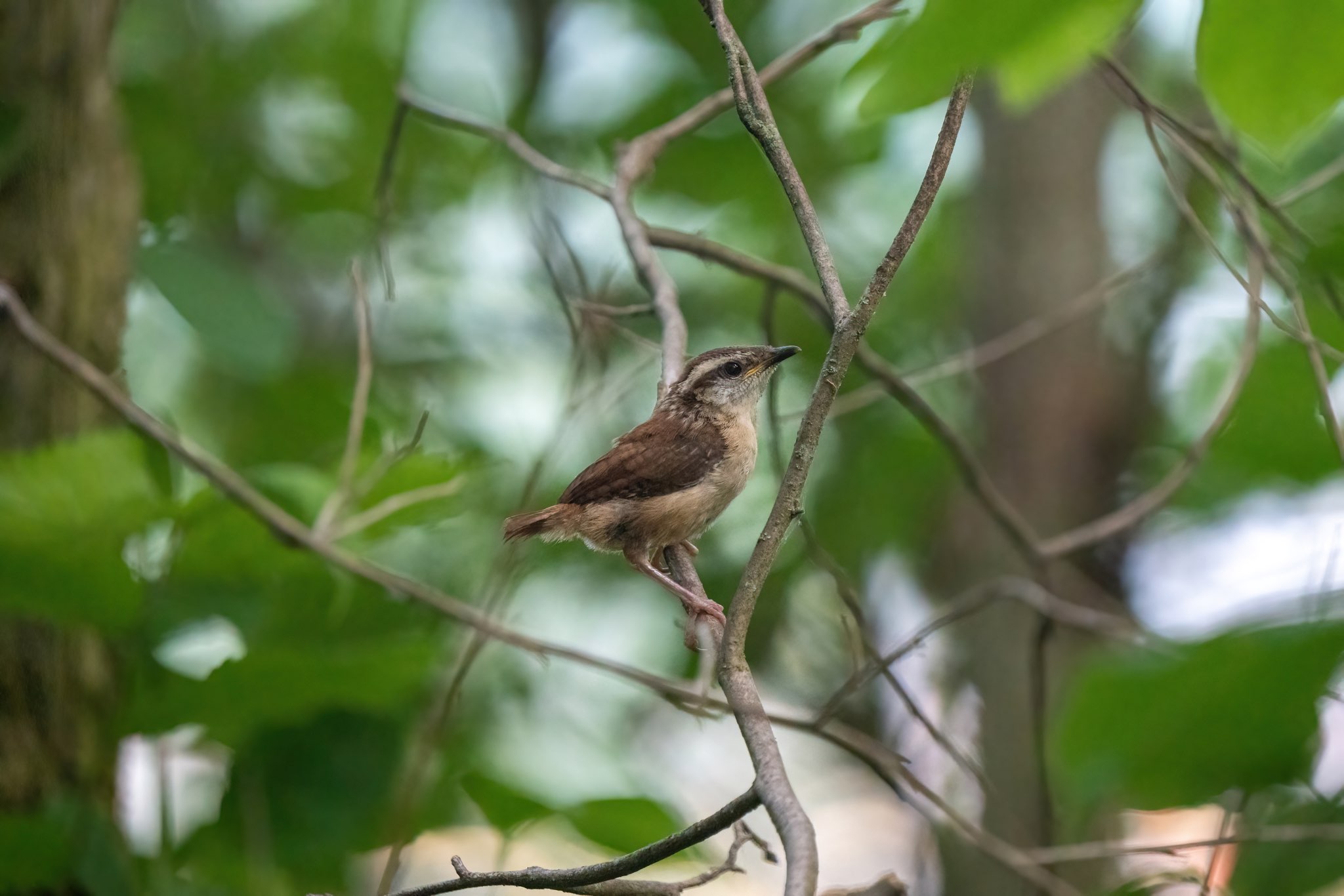Maybe you don’t think of yourself as a “birder,” but you enjoy noticing birds. Perhaps you’ve even used something like the Merlin App to help you figure out what bird woke you up with his raucous song outside your window at 5:30 am.
Possibly you’ve even heard of a website and app called eBird which can help you track bird sightings. Even if you haven’t, I’d like to invite you to join a vast group of citizen scientists, from experts in the field of ornithology to everyday folks who just enjoy watching birds, as we assess the breeding populations of birds in Pennsylvania.
Image: Blue Jay on nest, photo courtesy of Jessica Sauder
The Pennsylvania Society for Ornithology (PSO), Hawk Mountain Sanctuary, the PA Game Commission, and the PA Bird Atlas Steering Committee have teamed up for a five-year mission to gather information for the Third Edition of the Pennsylvania Bird Atlas (PBA3), and you can be of more help than you realize just by reporting your observations, no matter how small or few. You don’t have to be an expert to help.
No doubt you’ve driven through Pennsylvania’s farm lands and noticed vehicles parked on the berm and a small roadside gathering of folks with binoculars, spotting scopes, and tripods as they appear to be staring intently at a large puddle full of nothing (as best you can tell) in the middle of the field. Pleased to meet you, I am one of those weird peep peepers, who are most likely looking for migrating shorebirds like Greater or Lesser yellowlegs and Pectoral sandpipers.
At this time of the year, we may also be looking for Killdeer with chicks or hoping for a glimpse of a Bobolink or signs of Red-winged blackbirds nesting. Maybe you don’t get this whole bird fascination thing at all, but anyone can be bit by the birding bug. All it takes is a glimpse of the intense blue of an Indigo bunting or the flash of yellow beneath the bandit-masked face of a Common yellowthroat, and you could be hooked. And once you start noticing birds, you start noticing them everywhere.
Image: Eastern bluebird with nesting materials, photo courtesy of Jessica Sauder
Then you start noticing things like behavior and habitat, the way a particular bird walks, or does it hop? You’ll note how an Eastern phoebe or a Palm warbler will bob its tail, or the particular way a Bald eagle holds its wings in flight compared to, say, a Turkey vulture. More than just field marks, differences between birds and even among individual members of a species, like molting feathers or color morphs. All of these little details will start to present themselves to you.
If you’re a late bloomer like me, you’ll eventually surprise yourself, maybe with the help of some modern technology and the Macaulay Library of bird sounds, you’ll start noticing the differences between the trill of a Dark-eyed junco and the trill of a Pine warbler or Chipping sparrow. That’s part of the fun too; there’s always something new to learn, no matter how many birds are on your life list.
Image: Canada geese with their young, photo courtesy of Jessica Sauder
According to eBird.org, over 7,150 birders have logged checklists into the Pennsylvania eBird so far this year (nearly 50,000 all-time). What the PBA3 project asks is to record observations, particularly as they relate to the birds’ breeding and nesting behaviors. Is the bird singing, protecting its territory, carrying nesting material? Are there fledglings in a nest? Any observations can help.
To learn how to be a part of the third PA Bird Atlas, go to ebird.org/atlaspa. You can scroll down and click “Contact” to find out who your local county coordinators are or even email pabirdatlas@hawkmountain.org for more information. On the Pennsylvania Bird Atlas web page, you can download the atlas handbook and see maps of the areas near you where your observations can be of help.
Now, and this is very important, don’t be overwhelmed by the amount of information there, like breeding codes and atlas blocks. You don’t need to do everything at once. You don’t even need to do everything. Just take your time and look at the info, find out how to set up your ebird list for the atlas, and reach out to others in your county to help.
Image: Recently fledged Carolina wren, photo courtesy of Jessica Sauder
And if you are not into the internet or apps, you could ask your county coordinators for old-fashioned paper forms. So, what do you say? You want to start looking for breeding and nesting behavior? If they could, the birds would thank you.
About the author, David J. Bauman:
David Bauman began his birding journey by frequenting hawk watch sites in the late 80’s and gradually realized there were so many more birds to see. He is the executive director of Snyder County Libraries and the Snyder County co-coordinator along with Jessica Sauder for Pennsylvania Bird Atlas.
About BIRD LORE:
BIRD LORE is produced by the Lycoming Audubon Society (serving Lycoming and Clinton Counties), Seven Mountains Audubon (serving Union, Snyder, Northumberland, Montour and Columbia Counties) and Tiadaghton Audubon Society (serving Tioga and Potter Counties). Information about these National Audubon Society chapters can be found at lycomingaudubon.blogspot.com and sevenmountainsaudubon.org and tiadaghtonaudubon.blogspot.com.







